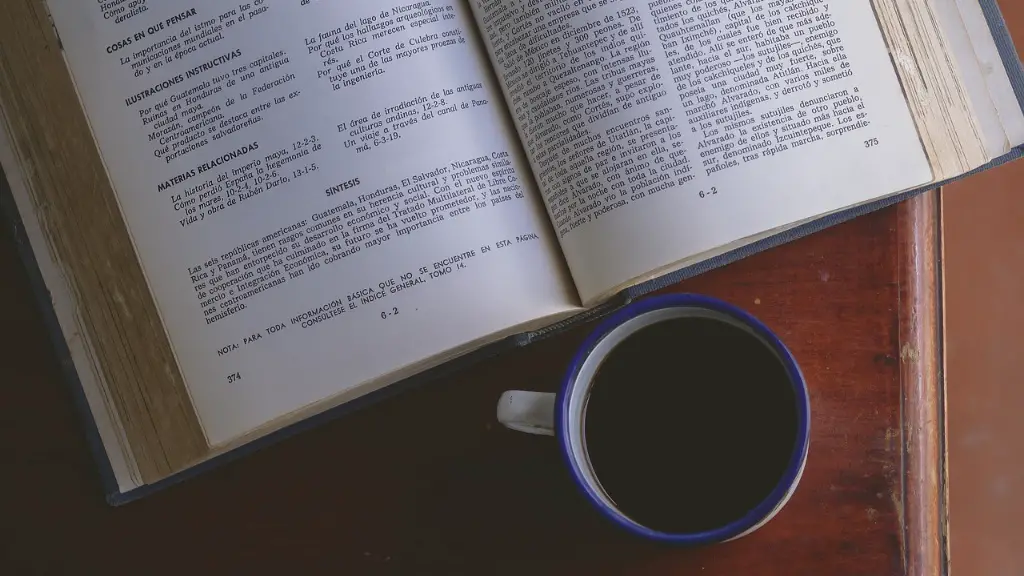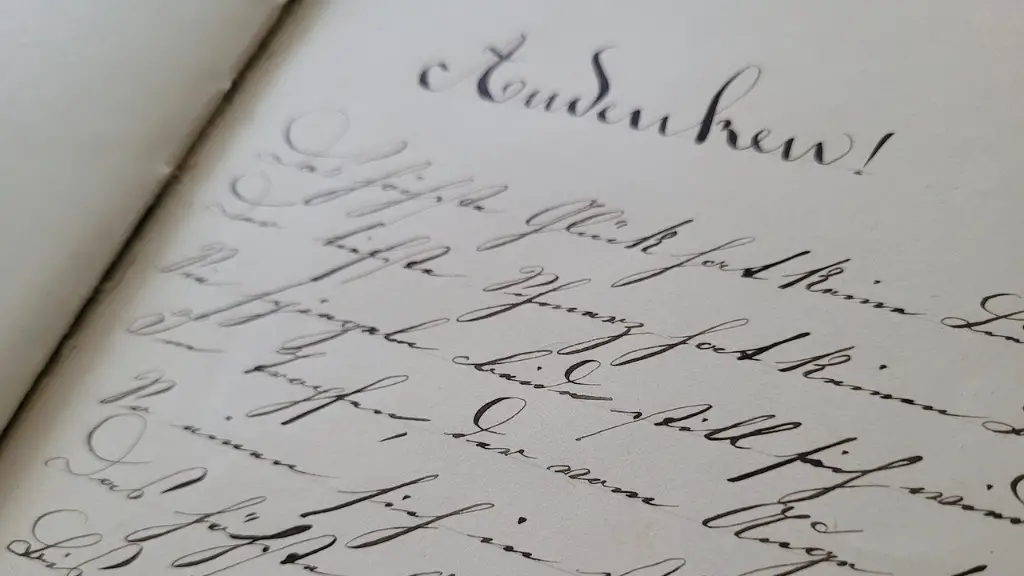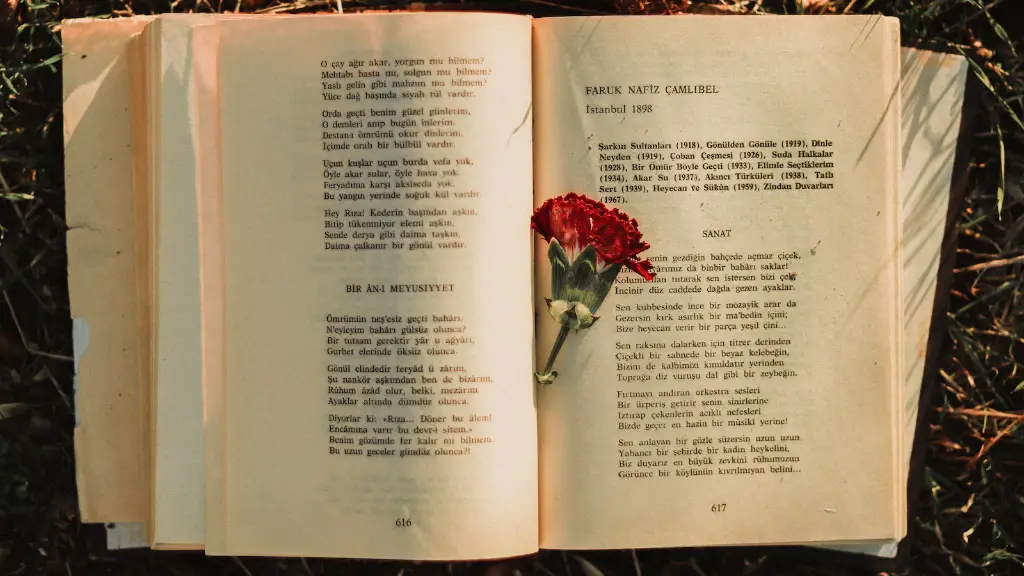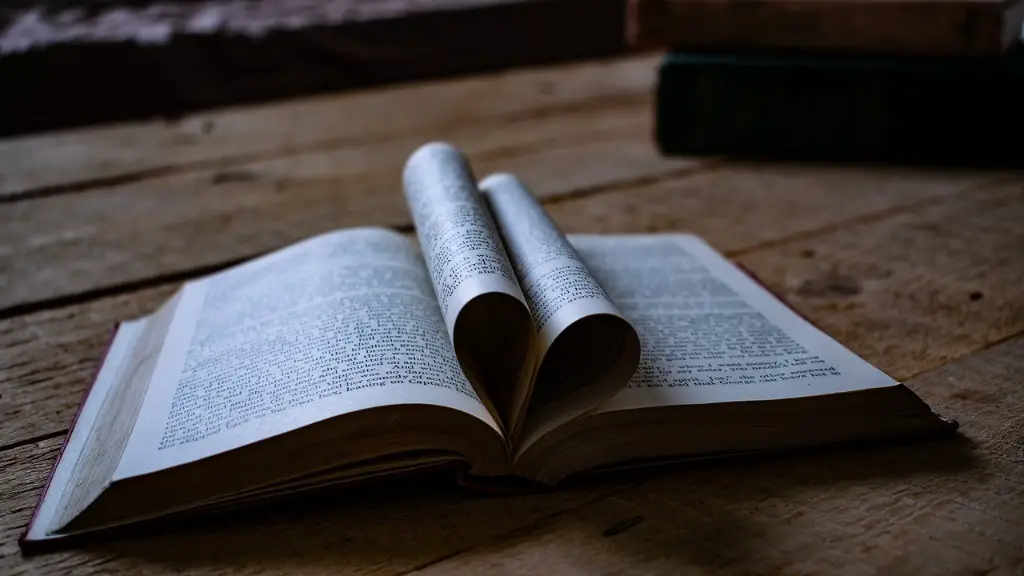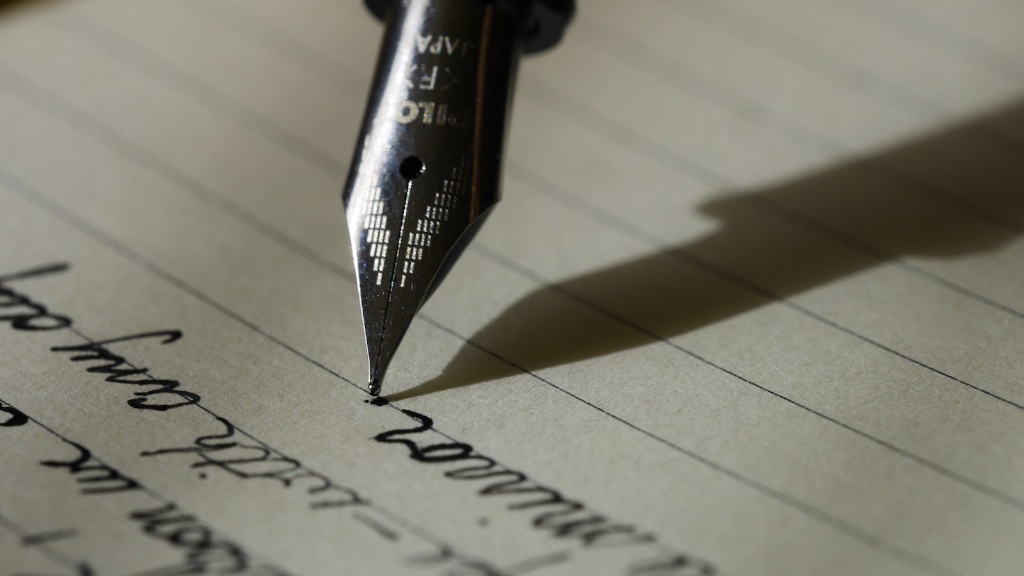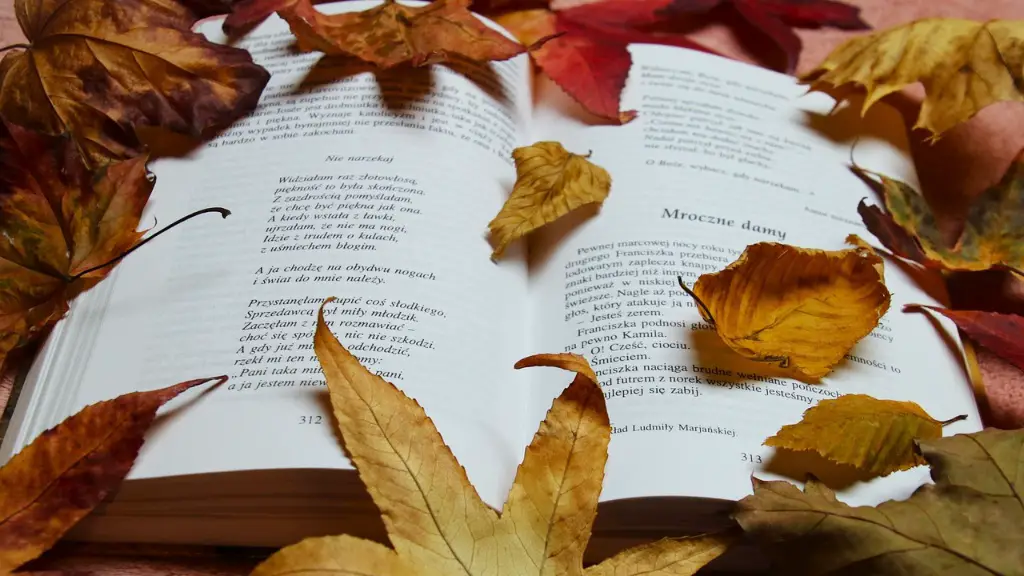Rhyme has been an essential element of poetry for centuries, and its importance cannot be understated. It is one of the core concepts of poetry, giving it structure and providing an organized foundation for readers to explore. When done correctly, rhyme can give poetry an ethereal quality that makes it truly unique. Although rhyme is often overlooked as an important artistic tool, it can be used to make poetry more evocative and expressive.
Rhyme helps to make poetry memorable, as it allows for concepts, themes and ideas to be easily recalled. By using rhyme to highlight key points and hook the reader’s attention, poetry can become more interesting and compelling. It also has the ability to draw the reader in and keep them engaged. Rhyme helps to highlight important parts of the poem, as well as allowing for some creativity when it comes to wordplay. For example, a simple couplet or quatrain can have a powerful effect when done correctly.
Rhyme also creates a sense of rhythm and flow, which contributes to the overall impact of a poem. When done carefully, rhyme can give a poem a cadence and energy that can transport the reader to another world. And when used alongside other poetic tools like alliteration, internal rhyme, and metaphor, rhyme can provide a unique way to express ideas and themes. It can also be used to create vivid imagery and convey moods and emotions.
When looking at the work of some of the greatest poets, it’s clear to see how important rhyme can be. William Shakespeare’s sonnets rely heavily on rhyme, using it to enhance the structure of the poem and provide a captivating cadence. While other poets such as Robert Frost and Emily Dickinson also use rhyme as an effective way to highlight certain points and evoke emotion.
In addition to its power as an artistic tool, rhyme can also be seen as a cultural device. By using traditional and established rhyme schemes, poets can pay homage to their ancestors, as well as maintaining a sense of familiarity for their readers. And in a time where language is constantly changing and evolving, rhyme helps to stay true to tradition and maintain a sense of continuity.
Simply put, rhyme is an important part of poetic expression. It provides structure, energy and emotion, and it helps to create vivid imagery that resonates with readers. We owe much of our appreciation of poetry to the power of rhyme, and it should not be taken for granted.
Rhyme as a Tool for Storytelling
Rhyme works especially well in storytelling due to its ability to create a sense of rhythm and flow. Through careful execution, it can provide a clear frame for the narrative and a structure to keep the story on track. This can be especially useful in longer poems or works, as it helps to keep readers engaged and prevents them from getting lost in the detail.
Rhyme is also often used to punctuate the story and give it a satisfying ending. This can be done through the use of a refrain or a paired couplet which gives closure to the story and brings it full circle. As well as this, rhyme can be used to generate suspense and anticipation for the reader, allowing for the surprise ending to have maximum effect.
Storytellers are also fond of using repetition and rhyme to create impactful themes and ideas. This helps to drive the story, as well as allowing for the storyteller to have full control over the message. Another useful tool is the use of internal rhyme, which can be used to add nuance and tension, as well as maintaining a level of unpredictability for the reader.
In addition, rhyme can also link different parts of the story together, allowing for a coherent arc to be formed. By using rhyme, poets are able to create stories that are both enjoyable and meaningful, demonstrating how rhyme is able to turn a poem into a fully fledged narrative.
Rhyme as a Tool for Politics
Rhyme has been used for centuries to get a political message across in a powerful and impactful way. It allows poets to spread a message without having to be too explicit, as the underlying message is often embedded in the rhyme itself. This subtle approach can be used to bypass censorship and reach a broader audience, as well as leaving room for interpretation.
Rhyme is especially useful for activism and protest, as it allows for an emotional connection to be formed with the audience. Through the power of rhyme, ideas and beliefs can be expressed in a straightforward and direct way. It also helps to engage people, as the use of language is often more poetic and effective when rhyme is involved. This can be seen in the work of contemporary poets such as Akala and Gil Scott-Heron, who use rhyme to make political statements that resonate deeply with their listeners.
One of the most effective things about rhyme is its repeatability. This allows for political messages to be delivered quickly and efficiently, as well as making it easier to remember and recall. Rhyme is also useful for stirring emotions in an audience, as it often has a more immediate and passionate impact. This can be seen in some of the most popular protest songs and anthems that have been used throughout history to drive change and progress.
Overall, the use of rhyme in politics is a powerful tool that should not be overlooked. It has been used for centuries to spread a message and instigate change, and it remains just as effective today.
Rhyme as a Tool for Education
Rhyme can be a useful tool for education, as it can help to make complex topics easier to understand and recall. By using rhyme, teachers are able to introduce new concepts in a creative way that students will find engaging and memorable. Furthermore, it can also add structure to lessons and help to reinforce key points.
At a basic level, rhyme can be used to help students learn vocabulary and spellings. Through the use of rhetorical devices like repetition and alliteration, rhymes can act as a powerful tool for memorization. As well as this, it can also be used to explain concepts in an accessible way, breaking down difficult ideas into smaller, easier-to-digest chunks.
Rhyme can also be used to engage the imaginations of students, as it allows for vivid imagery and fantastical scenarios to be formed. This helps to make lessons more enjoyable and keeps students entertained and engaged, as well as offering an entertaining alternative to more traditional learning methods.
And, as previously mentioned, rhyme also provides an important link to traditional and established literature. By teaching students to recognize and appreciate the power of rhyme, they can gain a greater appreciation and understanding of older poems and works, which can in turn help them to understand current literature.
In summary, rhyme can be a powerful tool for education and can help to make complex topics more accessible. Through its use, students can stay engaged and entertained, as well as gaining a stronger appreciation of poetry.
Rhyme as a Tool for Empathy
Rhyme has the ability to connect people on an emotional level, allowing for a greater understanding of other’s perspectives and experiences. Through the use of rhyme, poets are able to deliver their message in a straightforward and nuanced way, which can lead to meaningful and profound conversations.
Rhyme allows for understanding and empathy to be expressed through language, as it can help to bridge gaps between people. It can also be used to illustrate common experiences and interpretations, as the use of language and imagery can help to evoke emotion and create a greater understanding.
Rhyme also helps to create personal connections, as it allows for narratives to be shared and understood. When used correctly, rhyme can help to bring a more human element to poetry, as it opens up the possibility for dialogue and communication. This type of shared understanding can be invaluable when it comes to discussing difficult issues and topics.
Ultimately, rhyme is an important tool for creating empathy and understanding. Its ability to bridge gaps between people and facilitate meaningful conversations can help to create a more inclusive world.
Rhyme as a Tool for Expression
Rhyme has the power to express ideas and feelings that may not be expressed in any other way. Through an effective use of language, poignant messages can be expressed in an eloquent and effective manner.
Rhyme allows for emotions to be expressed in a unique way, as it can be used to evoke a particular feeling or atmosphere. For example, the use of rhyme can help to convey a sense of sadness or joy, depending on the words chosen. As well as this, it can be used to pinpoint certain events and feelings, ensuring that they remain crystal clear.
By using rhyme, poets are able to control the narrative, as they can shape and control how events are portrayed. This can allow for powerful and moving stories to be told, as the words chosen and the way they are structured can have a profound effect.
Finally, rhyme can also be used to celebrate life, as it allows for uplifting and positive messages to be expressed. By using positive language, inspired rhetoric and uplifting imagery, poets can create messages of hope and joy, which can have a lasting impact on their readers.
Rhyme as a Tool for Entertainment
Rhyme has been used for centuries to entertain and amuse audiences. By using it to create wordplay and to create entertaining stories and poems, audiences can be entertained and enthralled.
Rhyme has a special way of drawing in an audience, as its strong cadence and rhythm are often captivating and irresistible. In addition, the use of vivid and expressive language can help to create a colorful landscape for the audience to explore.
Rhyme can also be used to create humorous and witty lines, as the structure of rhyme can often make it easier to find the perfect word and create comic timing. And when combined with other tools like alliteration and internal rhyme, the results can be hugely entertaining.
At its heart, rhyme serves a purely entertaining purpose. It can help to keep audiences engaged and amused, and it can be used to lighten the mood and create laughter. For any performance, rhyme should be one of the first options considered, as its potential to entertain should never be overlooked.
